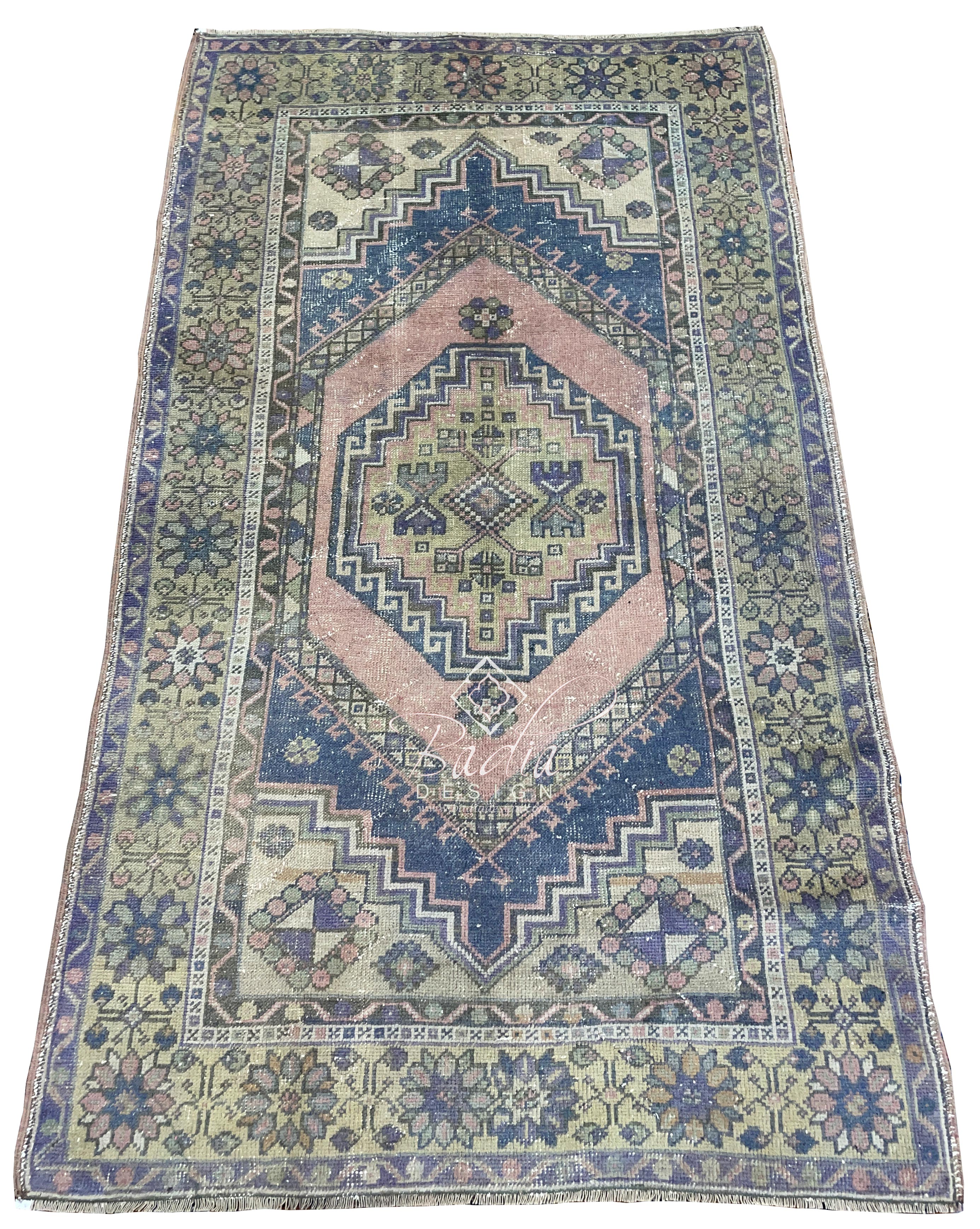Moroccan Berber Carpets
Moroccan Berber Carpets
Blog Article
Moroccan Berber Rugs: A Blend of History, Craftsmanship, and Timeless Style
These rugs have enchanted people across the globe with their deep cultural roots, intricate craftsmanship, and versatile aesthetics. Whether you are furnishing a cozy living room, a chic office space, or a luxurious hotel, these rugs serve as more than just functional items—they are pieces of art with a story to tell. In this article, we’ll explore the fascinating history of Moroccan Berber rugs, the meticulous craftsmanship behind their creation, their renowned durability, and practical tips for styling them in modern spaces.
These rugs originated with the ancient tribal artisans of North Africa, dating back thousands of years. The Berbers, with their deeply rooted traditions, developed rug-weaving techniques as a practical response of their nomadic lifestyles and varied environmental conditions.
The symbols and motifs in these rugs narrate stories that are unique to the tribe or family of origin. Motifs often symbolize concepts such as protection, nature, or fertility, giving each rug a profound heritage. Historically, these rugs were made for practical use, offering warmth in the cold Atlas Mountains or serving as bedding in arid environments.
During the 20th century, these rugs were popularized by architects such as Le Corbusier and Frank Lloyd Wright, who used them in renowned works. Today, their enduring charm and deep heritage make them a top pick for decorators and art enthusiasts worldwide.
The production of Moroccan Berber rugs is an elaborate art form passed on through generations. It represents a perfect blend of ancestral knowledge and artistic skill.
Berber rugs are typically crafted from natural materials such as sheep’s wool, camel hair, or even cotton. Wool stands out for being both durable and cozy, as well as for its natural warmth. Artisans often hand-spin the wool, giving each rug a unique look and feel.
Berber rugs are handwoven on classic frames, a process that can take extensive time depending on the size and complexity of the design. The knotting style, from Beni Ourain’s plush textures to Azilal’s tighter weaves, impacts both durability and design.
Artisans rely on natural dyes from the environment to achieve the vivid tones seen in Berber rugs. Neutral shades dominate Beni Ourain designs, while brighter Azilal more info and Boucherouite pieces feature striking colors like red, blue, and yellow.
The longevity of these rugs is one of their standout qualities. This makes them a smart choice for both homes and commercial spaces.
Berber rugs owe their longevity to the high-grade nature of their natural fibers. Wool’s natural flexibility and resistance to stains make it a ideal choice for lasting rugs.
Taking care of these rugs is straightforward. Routine vacuuming and periodic professional care can preserve their beauty for decades.
How to Decorate with Moroccan Berber Rugs
Adding Moroccan Berber rugs to modern spaces is simpler than it seems. These rugs' adaptability allows them to suit various aesthetics, including minimalist and bohemian styles.
1. Create a Focal Point in the Living Room
Use a large Beni Ourain rug as the centerpiece of your living room. The rug’s muted tones and clean lines bring cohesion to the space and exude coziness.
2. Add Color to Neutral Spaces
If your space leans toward a monochromatic or minimalist aesthetic, a vibrant Azilal or Boucherouite rug can introduce a pop of color and visual interest. These rugs work particularly well in neutral-toned rooms, where they serve as a focal point.
3. Layer Rugs for Texture
For a cozy, eclectic vibe, layer a smaller Berber rug over a larger natural-fiber rug, such as jute or sisal. This combination not only adds depth and texture but also highlights the intricate details of the Berber design.
4. Enhance Workspace Aesthetics
Businesses can use Moroccan Berber rugs to create an inviting and sophisticated ambiance in office spaces, lounges, or reception areas. Their handmade quality conveys a sense of luxury and authenticity.
5. Display Moroccan Berber Rugs as Decorative Art
Some Moroccan Berber rugs are so visually stunning that they deserve to be displayed as art. Displaying a Berber rug on a wall highlights its intricate design and cultural significance.
Reasons to Invest in Moroccan Berber Rugs
For both homeowners and businesses, Moroccan Berber rugs represent a blend of practicality, aesthetics, and cultural significance. Their durability ensures a long lifespan, while their timeless designs can adapt to changing trends and tastes.
Sustainability and Ethical Production
Berber rugs are often made with environmentally responsible and sustainable techniques. By investing in these rugs, you’re not only enhancing your space but also supporting traditional artisans and their communities.
Why Berber Rugs Gain Value Over Time
Authentic Moroccan Berber rugs often appreciate in value over time, especially vintage or rare pieces. These rugs serve as both decorative items and investment-worthy collectibles.
 Report this page
Report this page